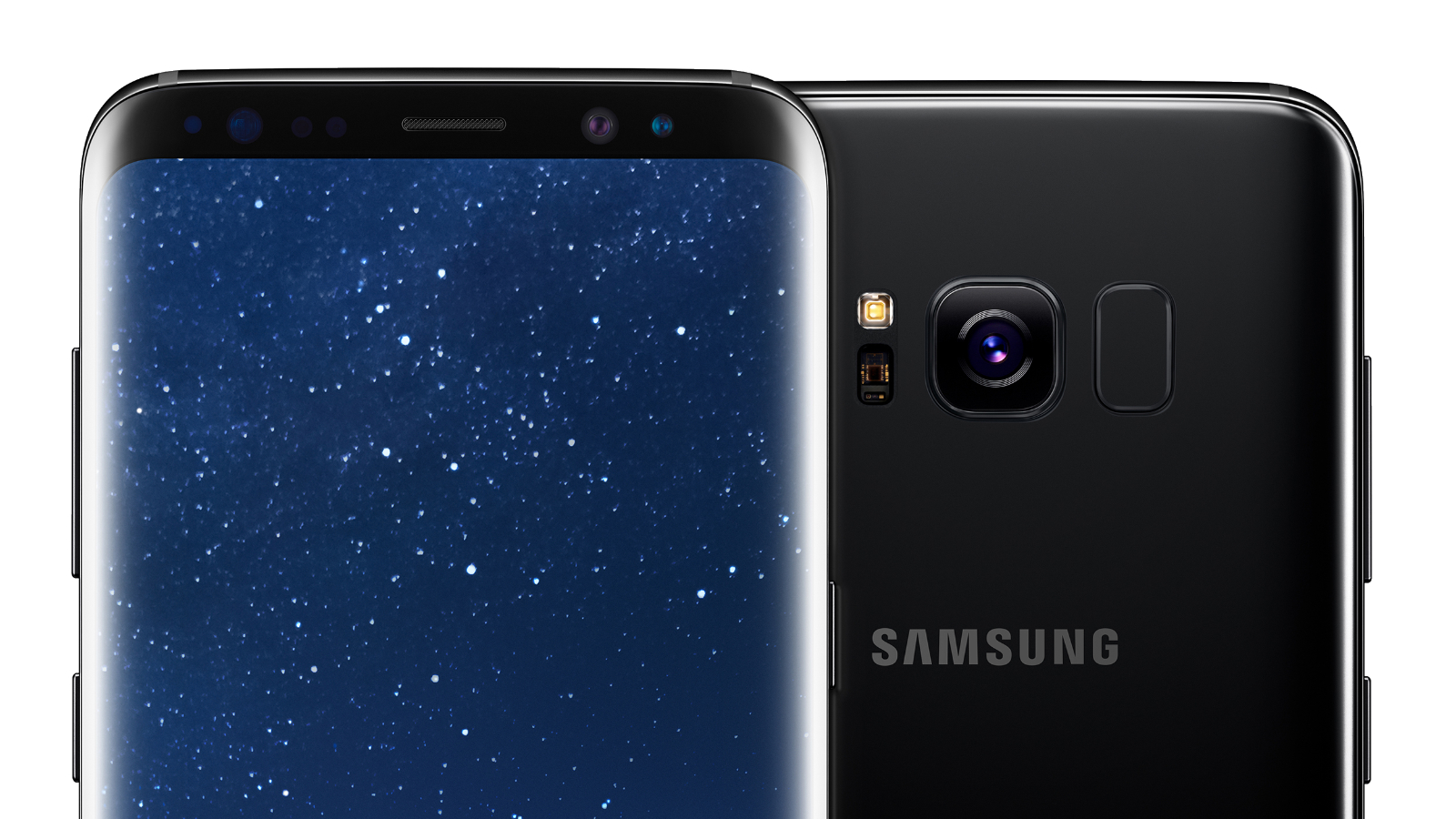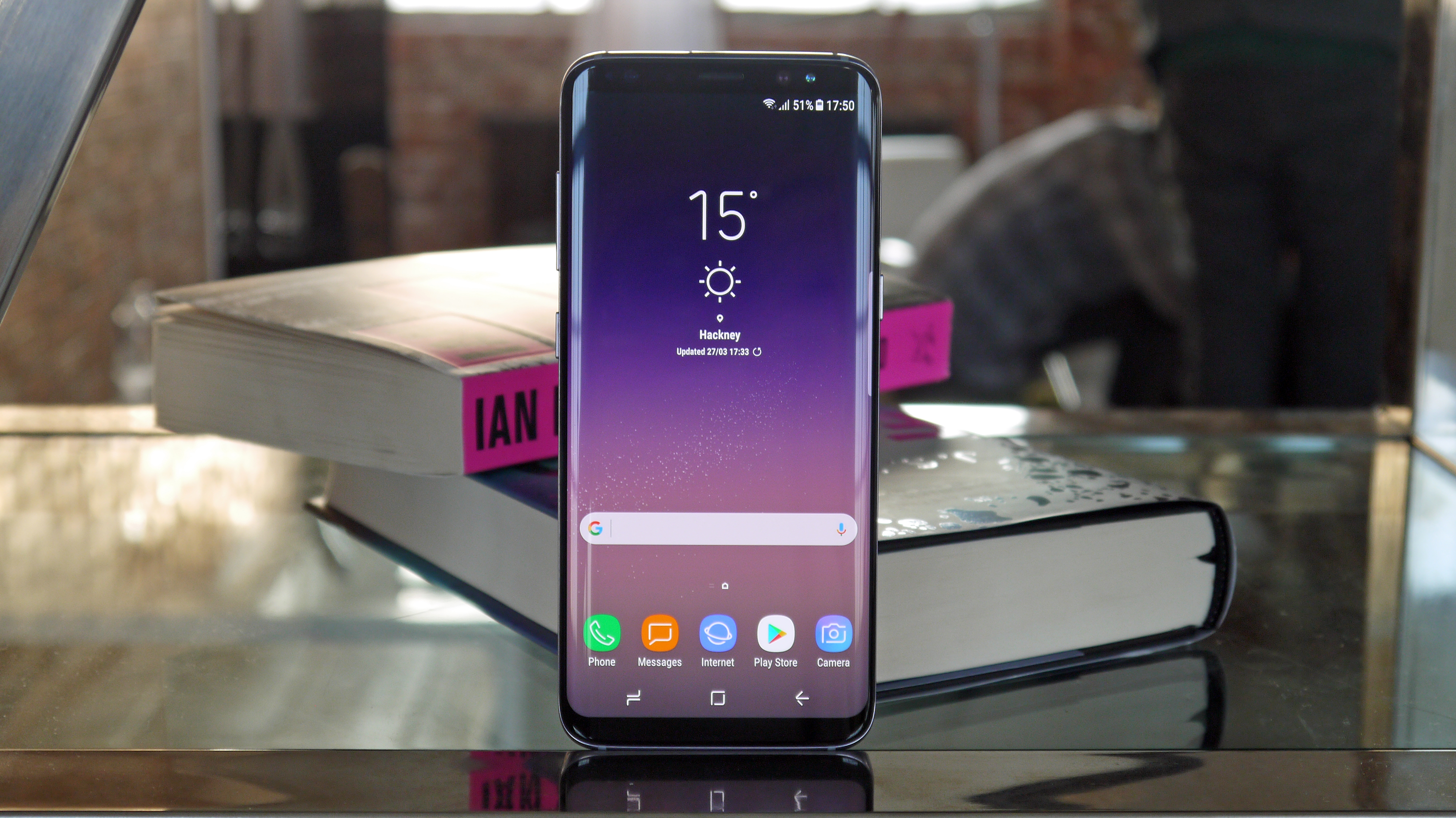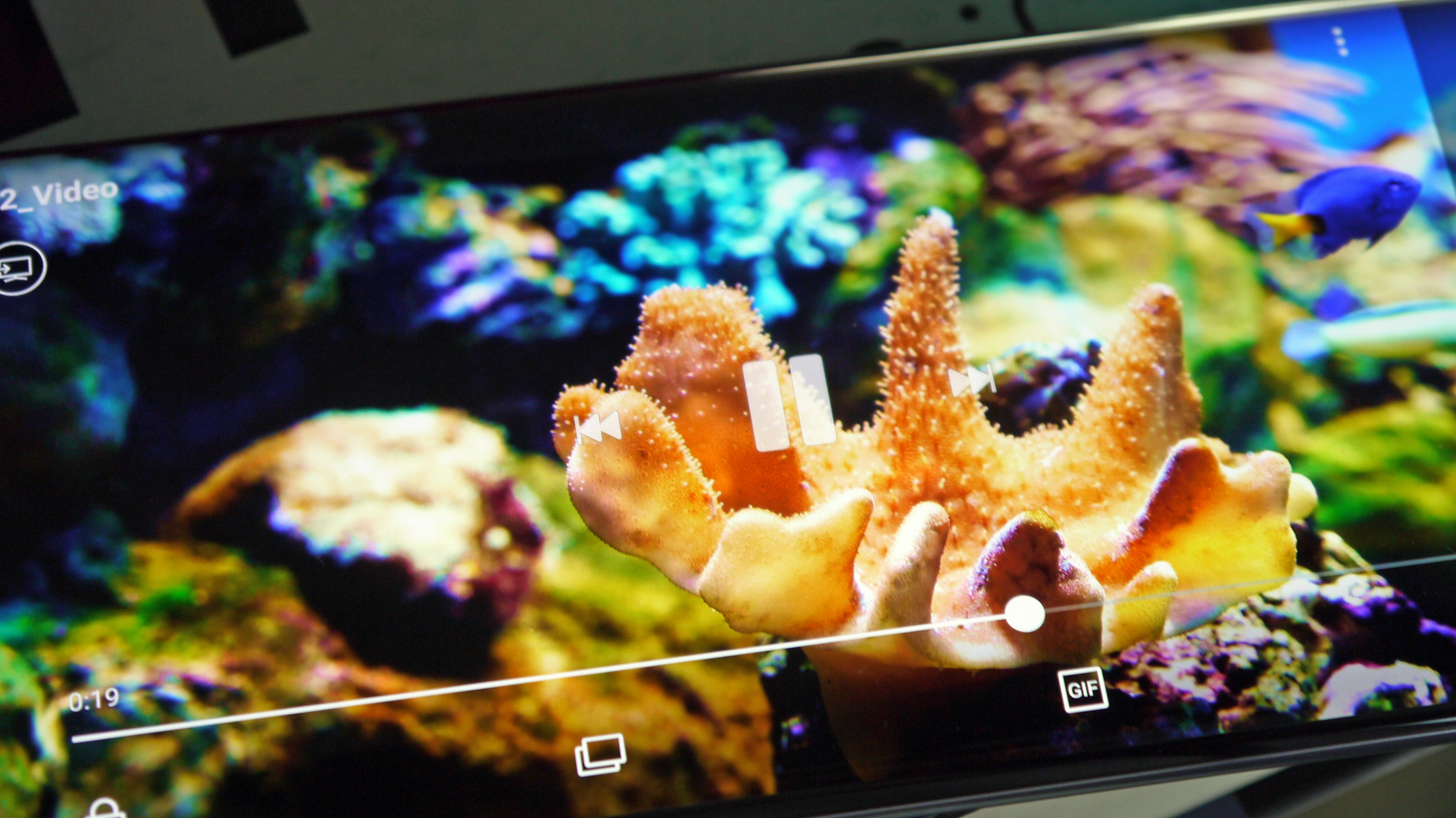The Samsung Galaxy S8 has the best smartphone screen ever
Your eyes will certainly be delighted, or dare I say, S8ted

Judged on several criteria against many of its competitors, such as the iPhone 7, Google Pixel and the LG G6, the Samsung Galaxy S8 has come out on top with the best display around.
While the integrity of Samsung’s batteries have been hit or miss in the past year, the same cannot be said about its screen technology. In fact, the South Korean company has been on a hot streak for the past few years and it shows no sign of stopping.
Case in point: the Samsung Galaxy S8’s display performance (and in turn, that of the Samsung Galaxy S8 Plus, too) has been awarded the highest rating offered by DisplayMate.
Much of S8’s success is earned by the fact that it uses a large AMOLED display, while a few flagship makers have opted for LCD panels this time around (looking at you, Apple and LG).
However, Samsung’s software plays almost as big a role in the S8 earning the top accolade from DisplayMate. The user can change the new phone’s display mode, which in turn adjusts the brightness level and color gamut to fit the task at hand without losing color accuracy.

About this great, superb, very awesome screen
So, what does it take to earn the “best performing smartphone display” award by DisplayMate?
It takes stretching the aspect ratio from the standard 16:9 to the new 18.5:9, which is similar, but a bit taller than the 18:9 ratio found in the LG G6. Not just that, Samsung has been recognized for pushing almost 3K resolution to the screen, packed with a whopping 570 pixels per inch (PPI), to boot.
This will yield a crisper image during general use and while stepping into virtual worlds in the Samsung Gear VR, in addition to the wider field of view granted by the taller screen.
To win this award, it also requires support for more colors than its competitors. The S8 boasts the largest native color gamut (the range of colors available to display) that DisplayMate has seen in any device.
Pair that with two more feats, a contrast ratio that is essentially unhindered thanks to the AMOLED technology and being the first to be certified by the UHD Alliance, and you have a phone that’s totally equipped to take the future head-on as we move into the age of HDR – now we just need mobile HDR content to arrive.
Lastly, Samsung has implemented support for multiple color gamuts (DCI-P3, sRGB) and screen modes to suit the task at hand, and it might not surprise you that each of them have achieved top marks for accuracy.

Where do we go from here?
About every few months, a new device comes out that claims the crown from DisplayMate’s. This is obviously a good thing, as it means that the industry is successfully pushing technology forward.
But DisplayMate takes a moment to warn manufacturers that we’re close to reaching the point of diminishing returns, especially when it comes to stuffing 4K displays into phones like we’ve seen from the Sony Xperia XZ Premium.
4K screens “would require almost double the pixels, memory and processing power...but there would be no visual benefit for humans,” according to DisplayMate author Dr. Raymond Soneira. He believes there’s no point in doubling the resolution when it requires much more memory and processing power, which all would undoubtedly translate to a higher price tag.
Going even further, he states that “it is absolutely pointless to further increase the display resolution and pixels per inch for a marketing wild goose chase into the stratosphere.” I like this guy.
Is the doctor right? He’s certainly not wrong that there are hidden costs to putting 4K into a phone (usually the battery and the price tag). But, will manufacturers do it anyway? Most certainly. Who knows? Maybe Samsung will next year in an effort to leap over this year’s crowning achievement.
So, if phones shouldn’t have 4K support, what should they innovate on? Thankfully, DisplayMate has an answer for that, too.
“...Manufacturers should instead dedicate their efforts and resources into improving real world display performance in ambient light by using advanced technology to restore and compensate for the loss of color gamut, color saturation, and image contrast due to ambient light, something that every consumer will benefit from, and will also immediately notice and appreciate.”
We’re excited to check back in with DisplayMate around the launch of the highly anticipated launch of the iPhone 8 and iPhone 8 Plus. Apple stands a chance if it really launches its 10th anniversary phone with a curved OLED display this year, as it’s rumored to feature.
Sign up for breaking news, reviews, opinion, top tech deals, and more.

Cameron is a writer at The Verge, focused on reviews, deals coverage, and news. He wrote for magazines and websites such as The Verge, TechRadar, Practical Photoshop, Polygon, Eater and Al Bawaba.